2. Don't rely too heavily on reference and think outside your own box. Often I've found that reference will slowly contain my work within boring boundaries. It needs to be just that, reference, not something to inhibit your process. Early sketches will sometimes also inhibit my piece from developing. In the back of my mind I assume I've reached the best idea, instead of constantly looking for ways to enhance the work. A lot of best ideas can come very late in the game if you let them. 3.) Don't be afraid to redraw to establish energy. It doesn't matter how late you are in the process, if something is stiff and lacking energy, fix it. You'll feel better and the fixes will go faster than you think. Drawing my figure from reference made her a lot more stiff than I would have liked. After I had finished painting the body, I redid the arms and part of the face. I think it could still use some more energy, I need to put some more of my animation into my still images. 4.) Areas in shadow have less detail. If you utilize any photo textures, make sure to erase out most of the texture in shadowed areas. It's easier to paint this way, and looks more realistic. If the human eye can't pick up texture in low light, why should a painting? 5.) Vary your brush size.
Blocking out with a large brush can be very beneficial to getting colors to blend naturally, but for the final details you'll always want to switch to a small brush. People ultimately want to know what brush settings famous artists use, but it's most important that you have a variety, that they don't distract and that the colors look good. A lot can be forgiven with good colors.
1 Comment
TaterTot
2/4/2015 01:24:13 pm
FLYING SHEEP!!
Reply
Leave a Reply. |
Meghan Boehman Art
Art tips I learn and helpful resources that I find. Archives
April 2016
|
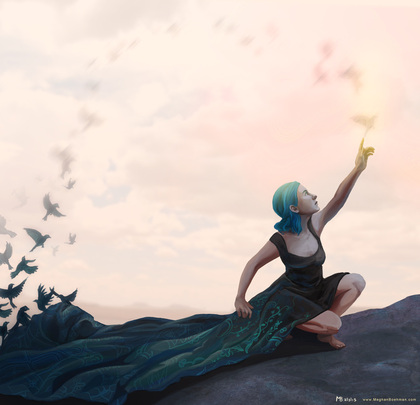
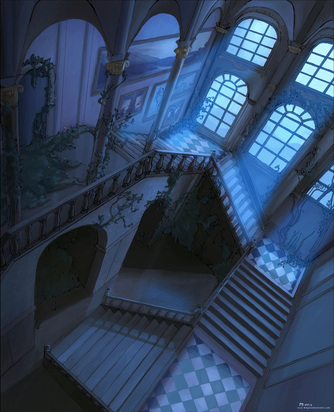
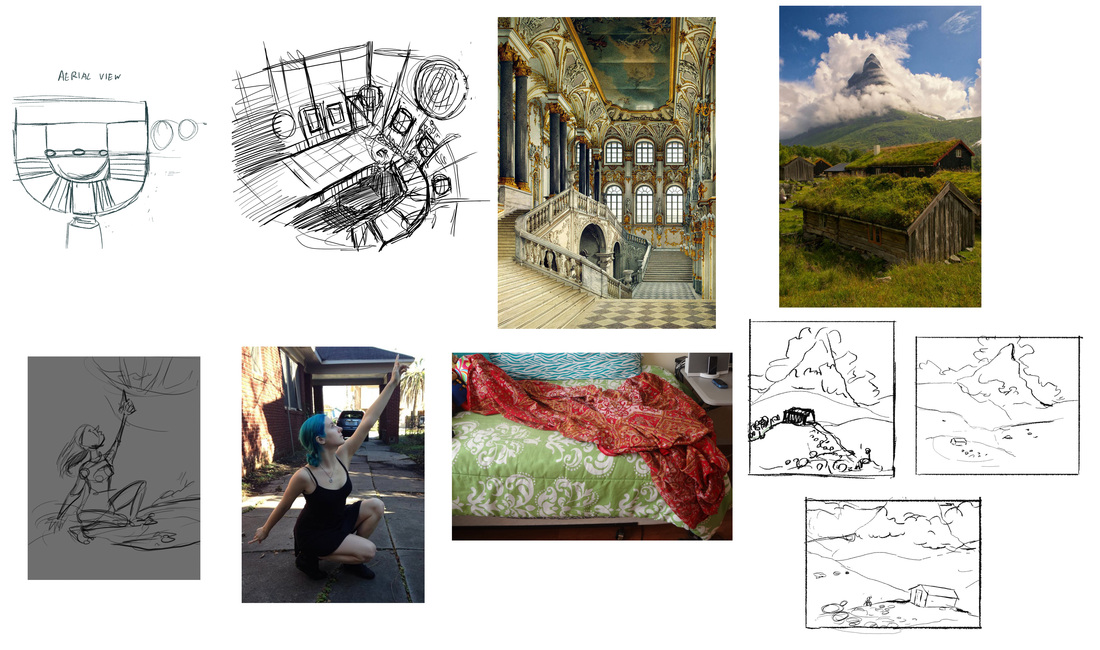
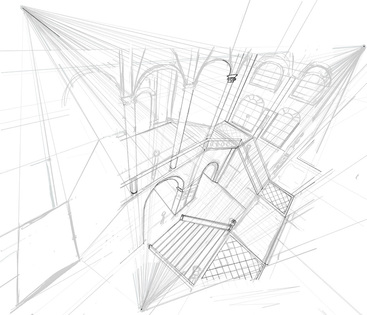
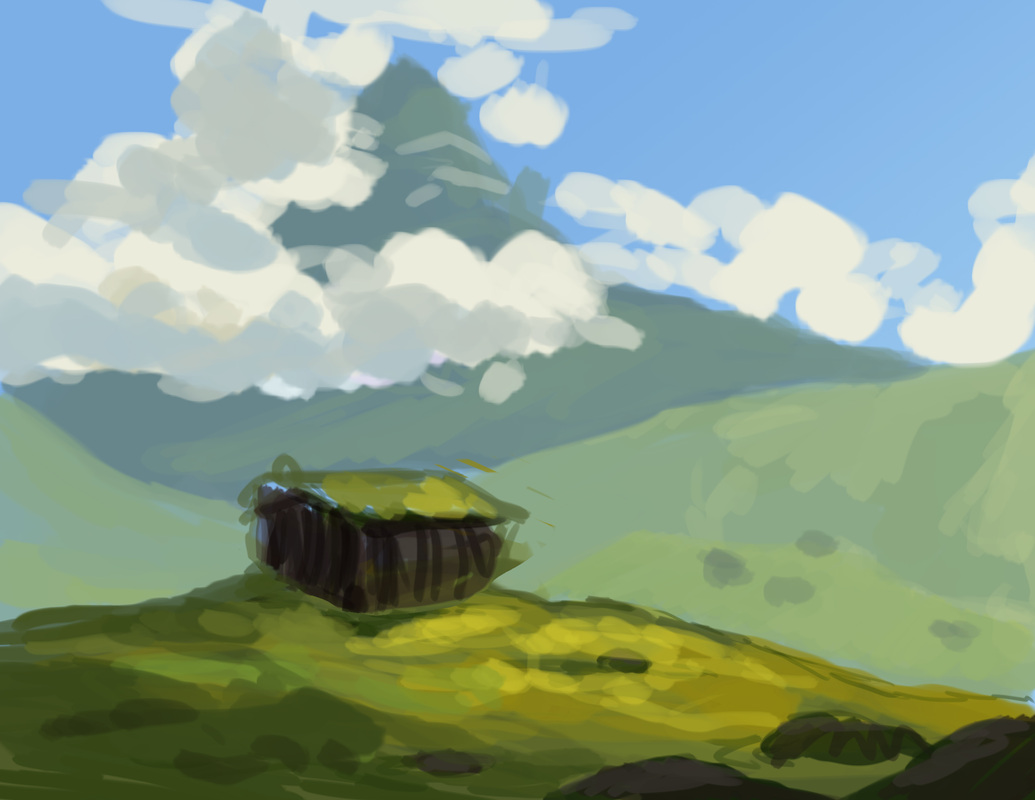
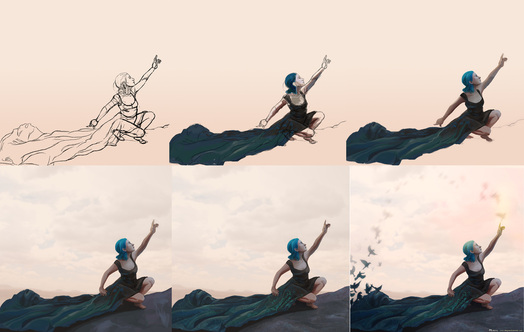
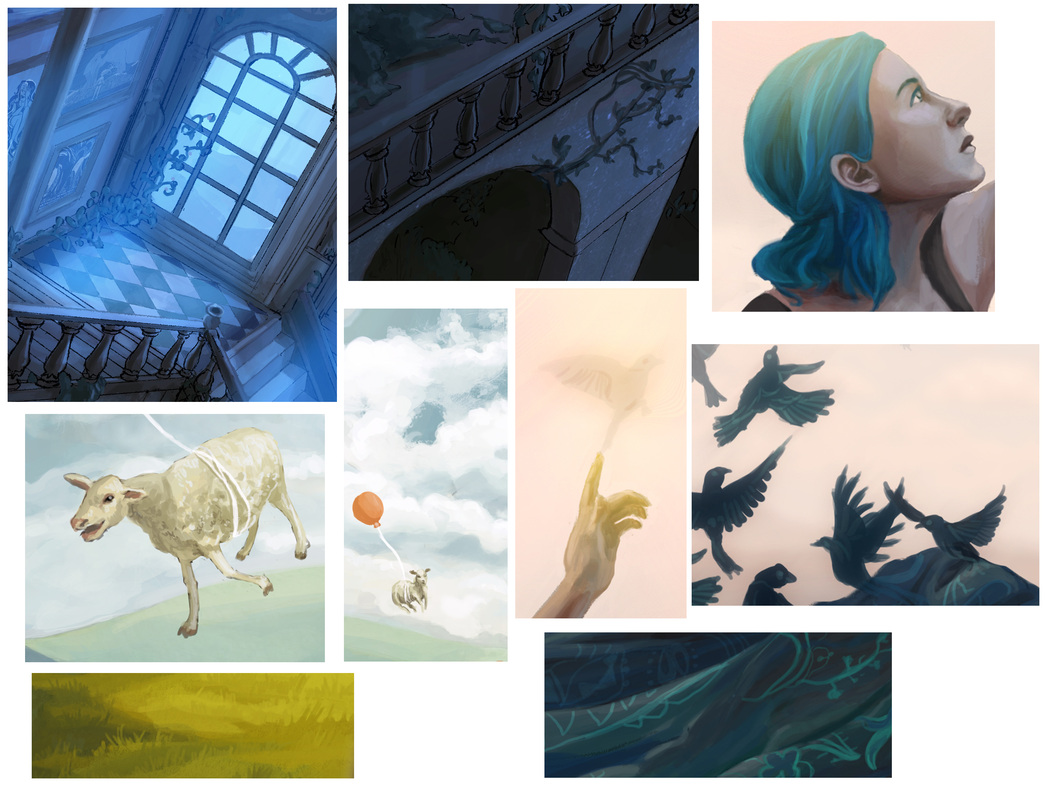
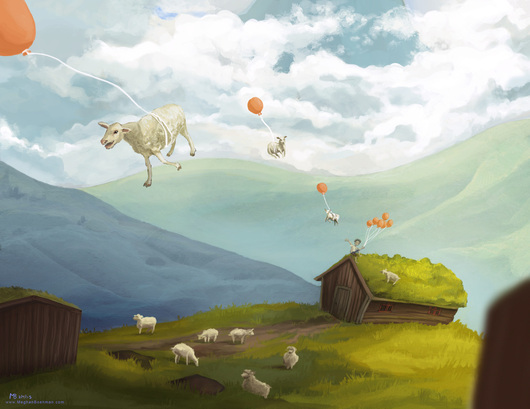
 RSS Feed
RSS Feed
